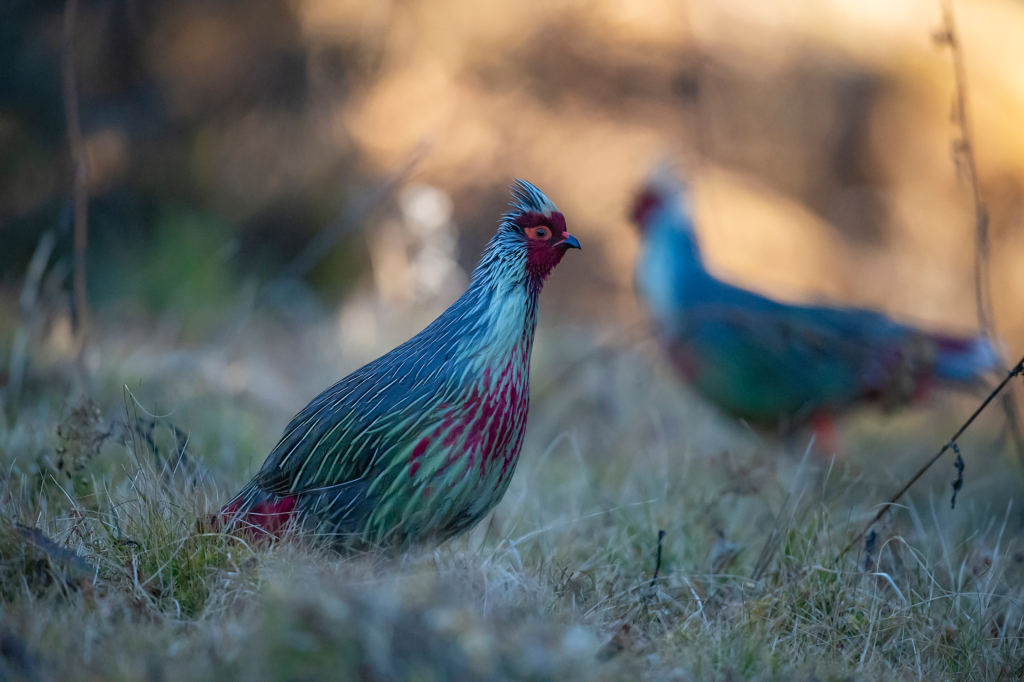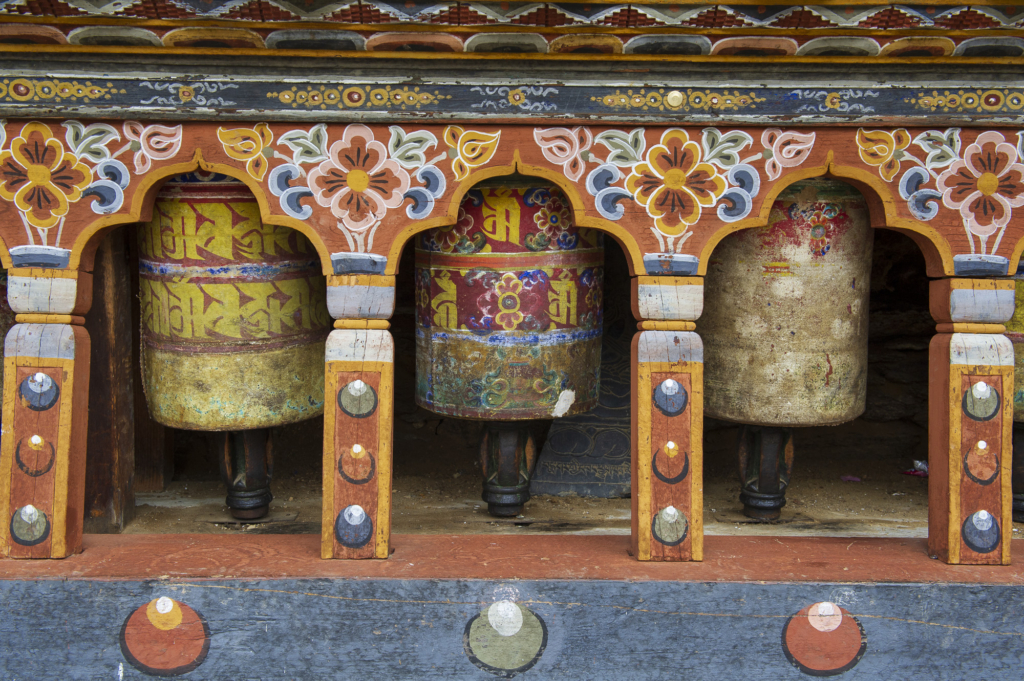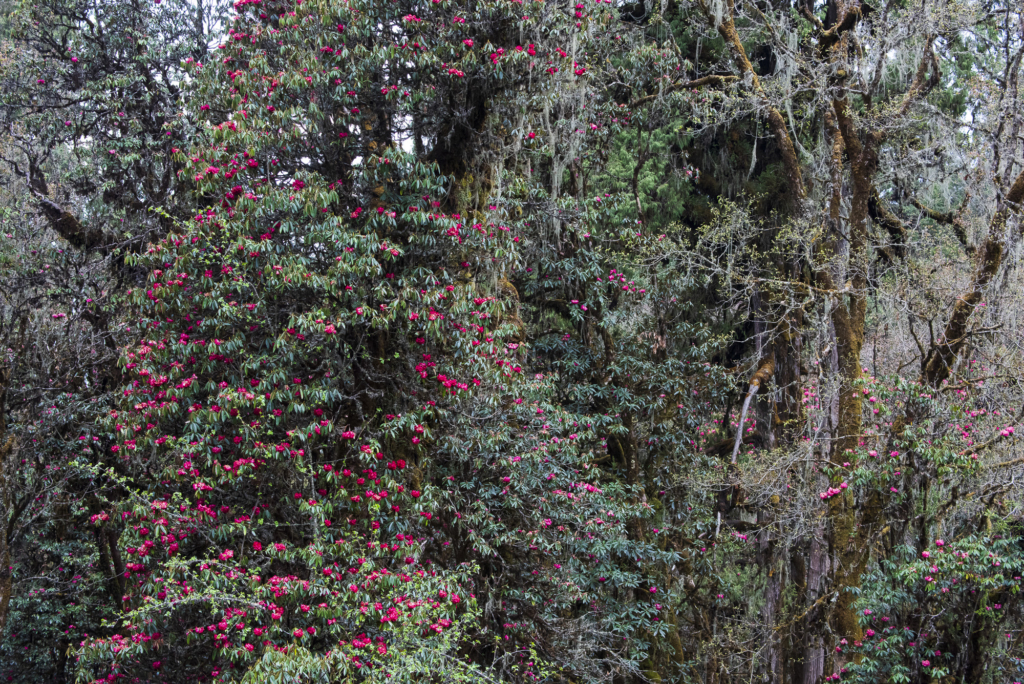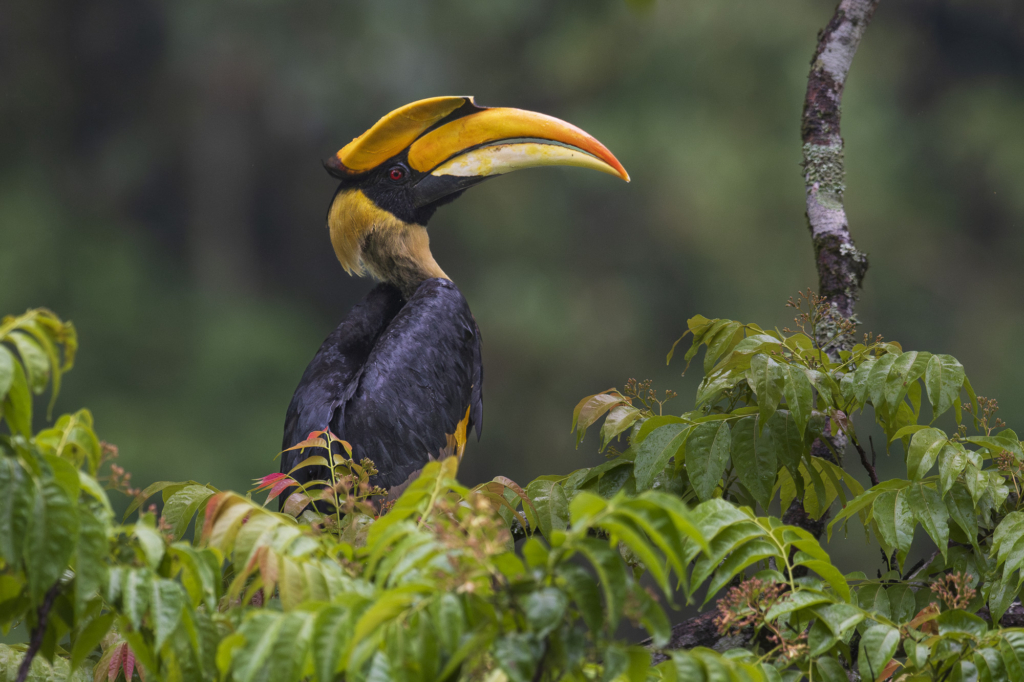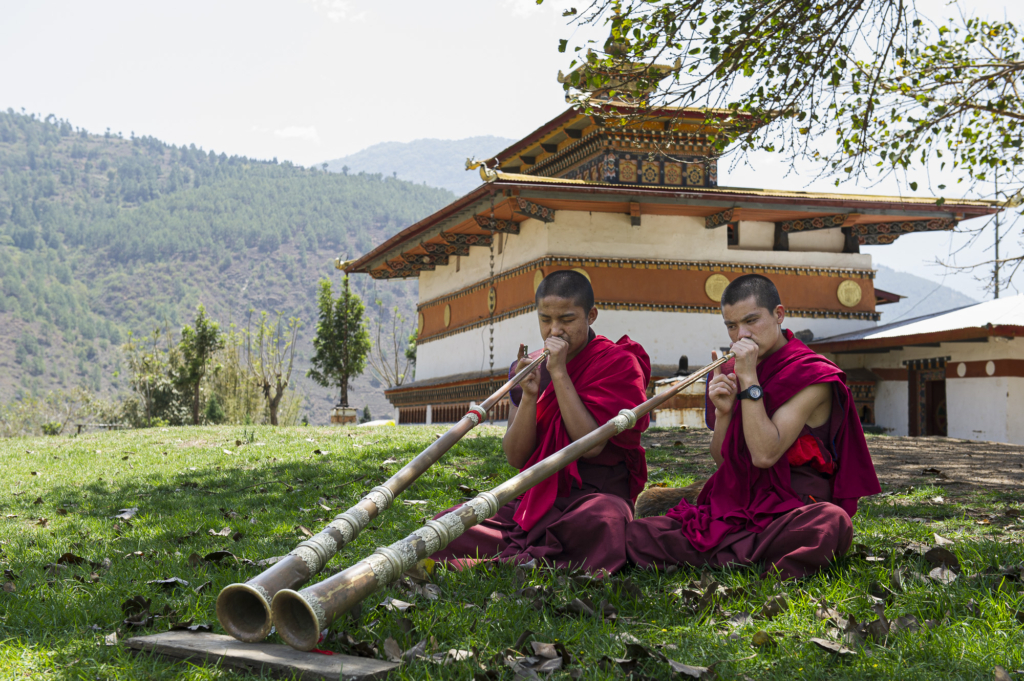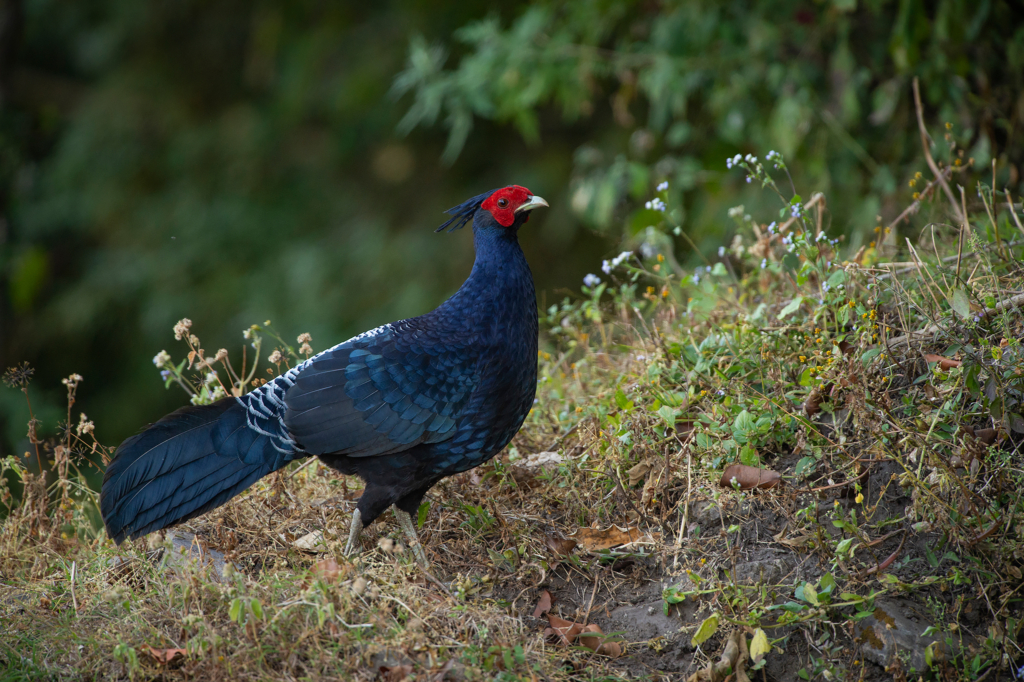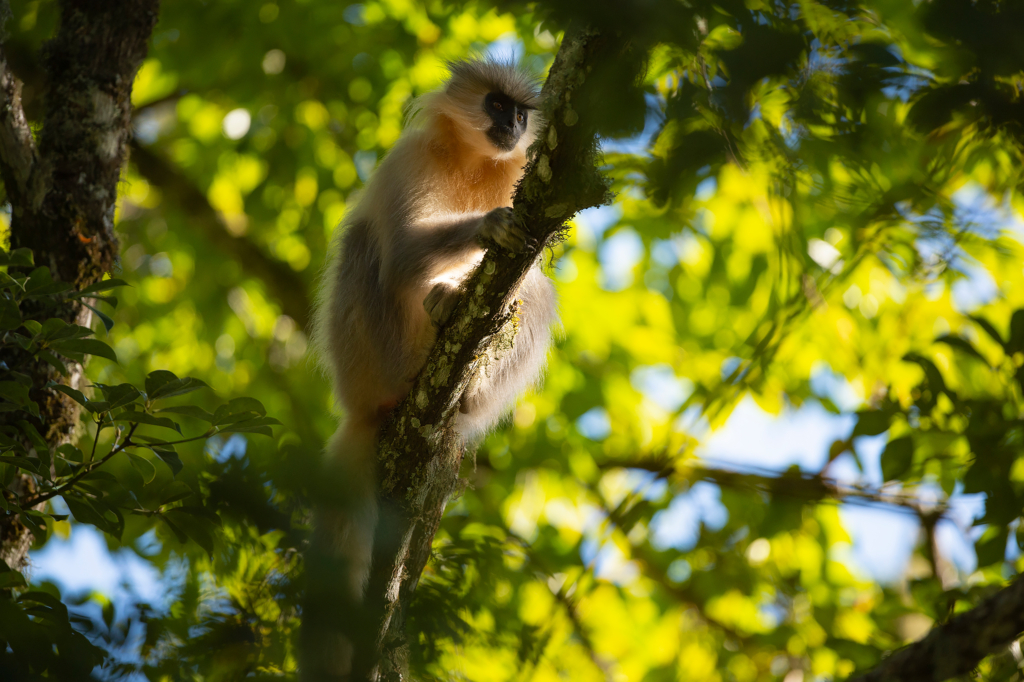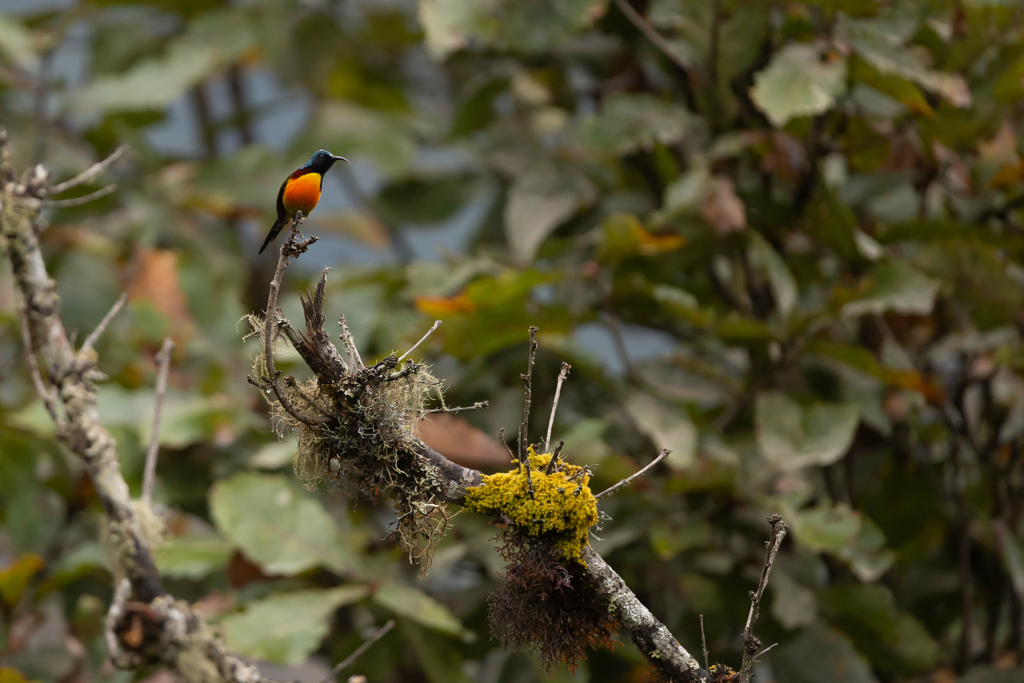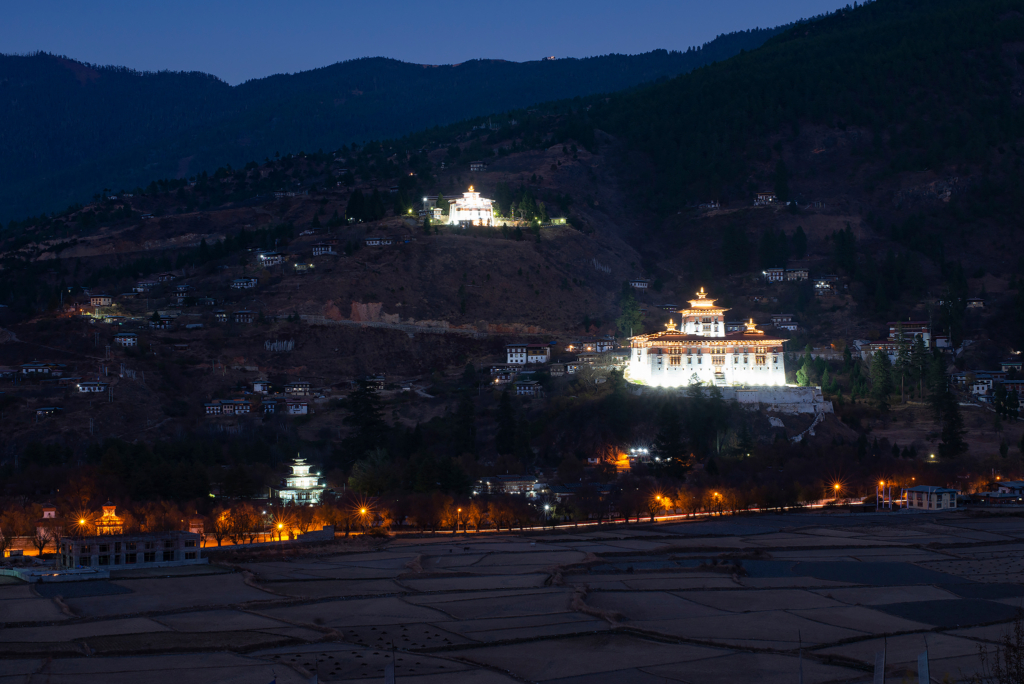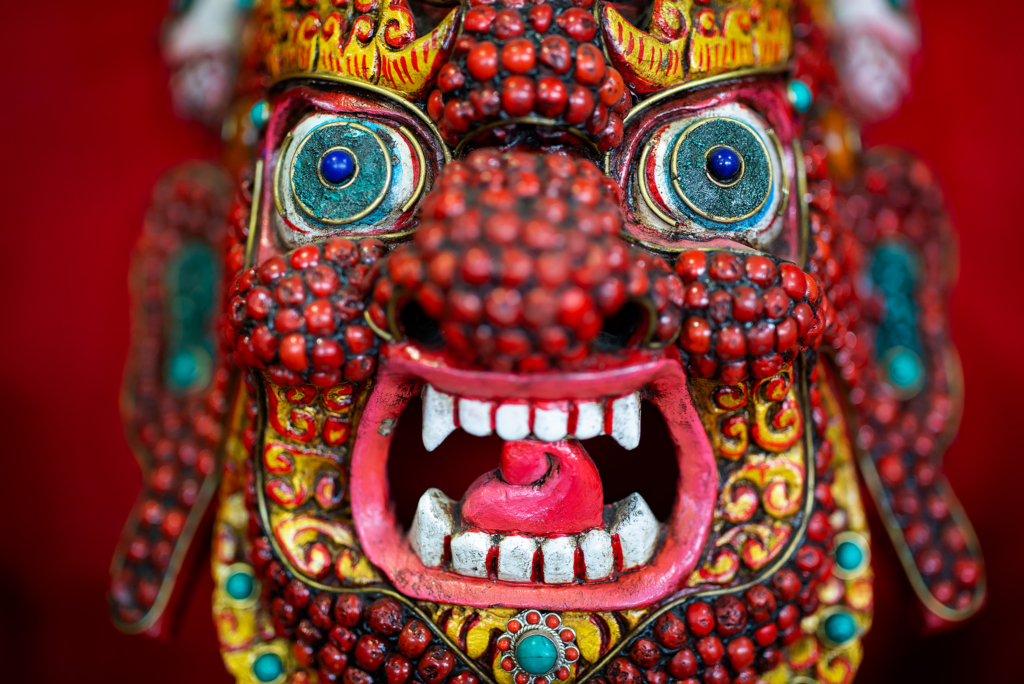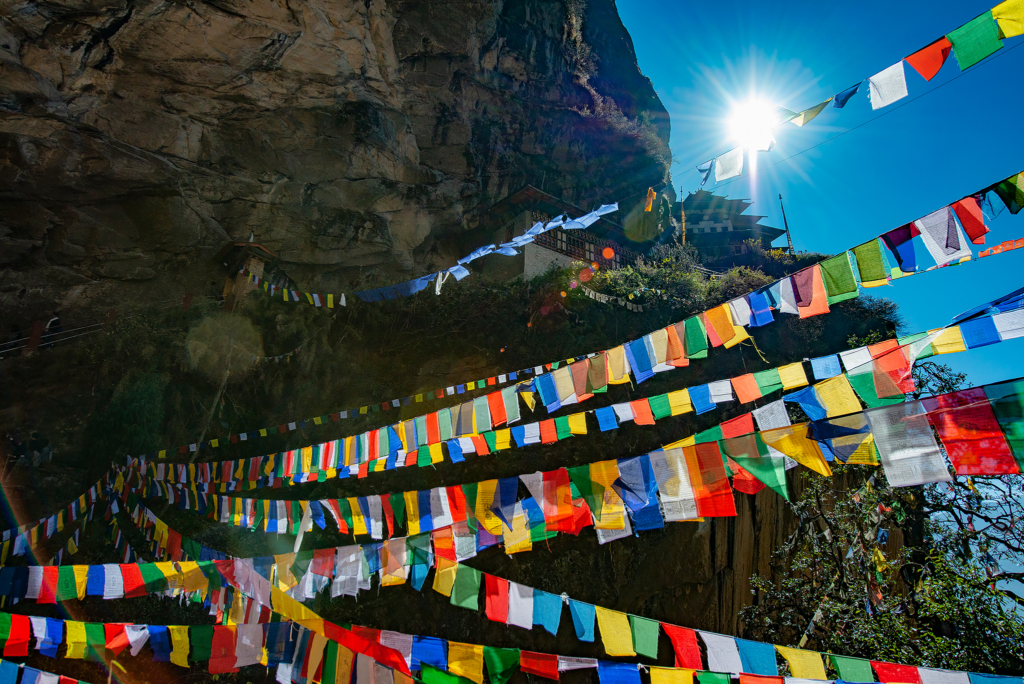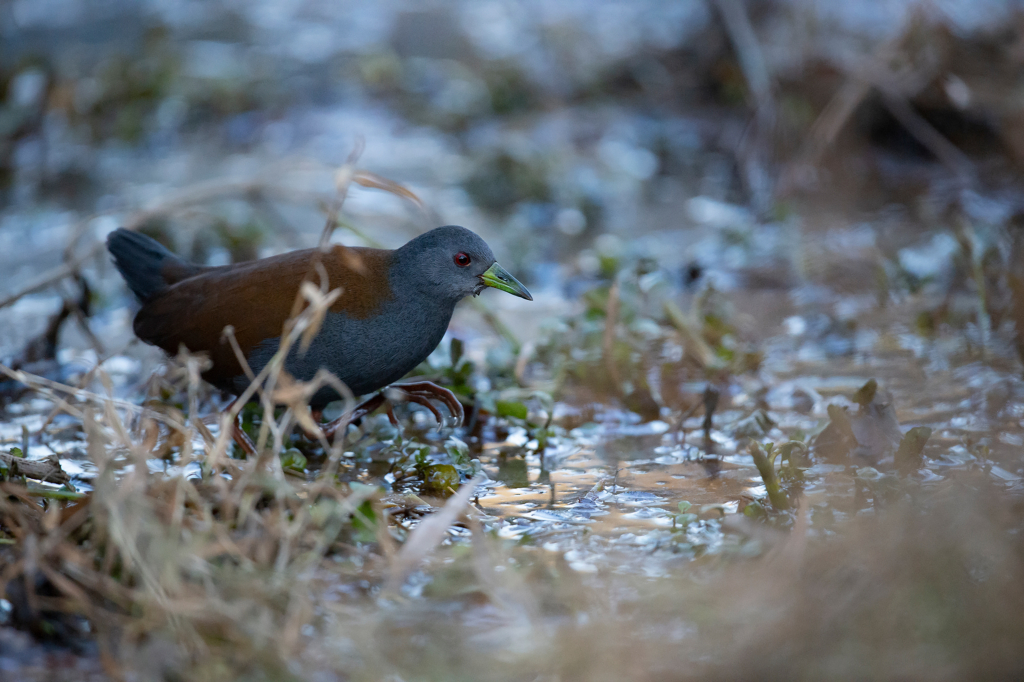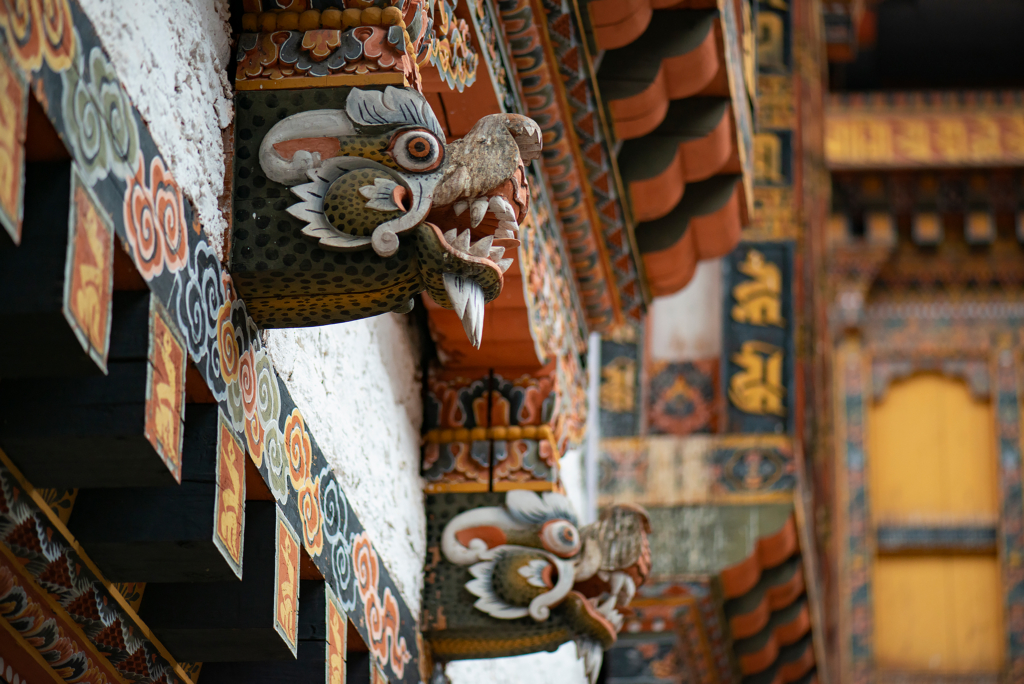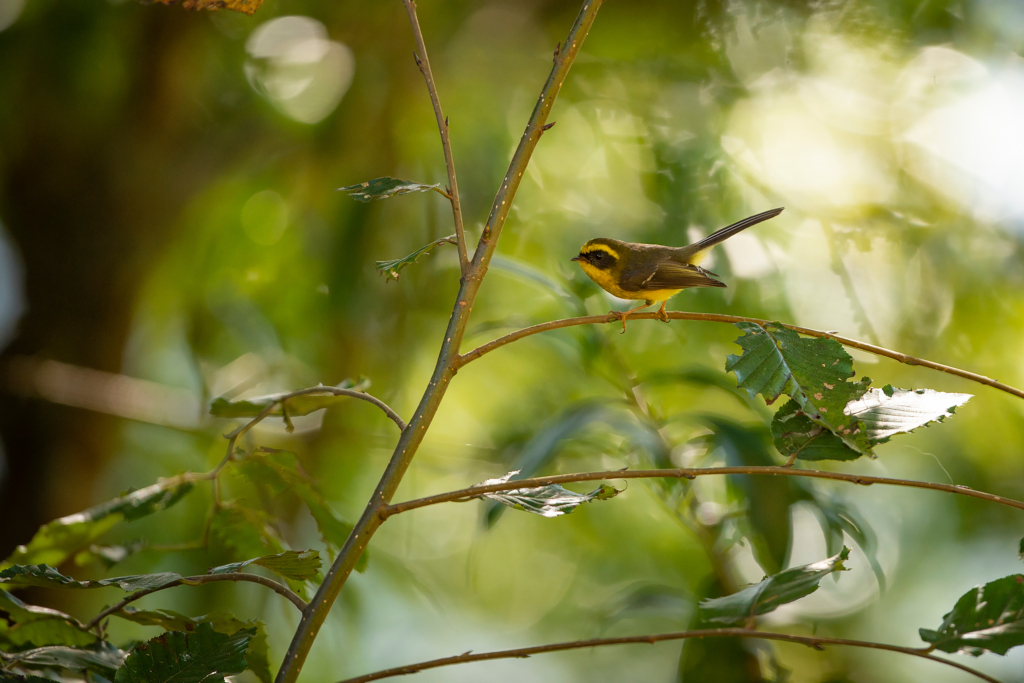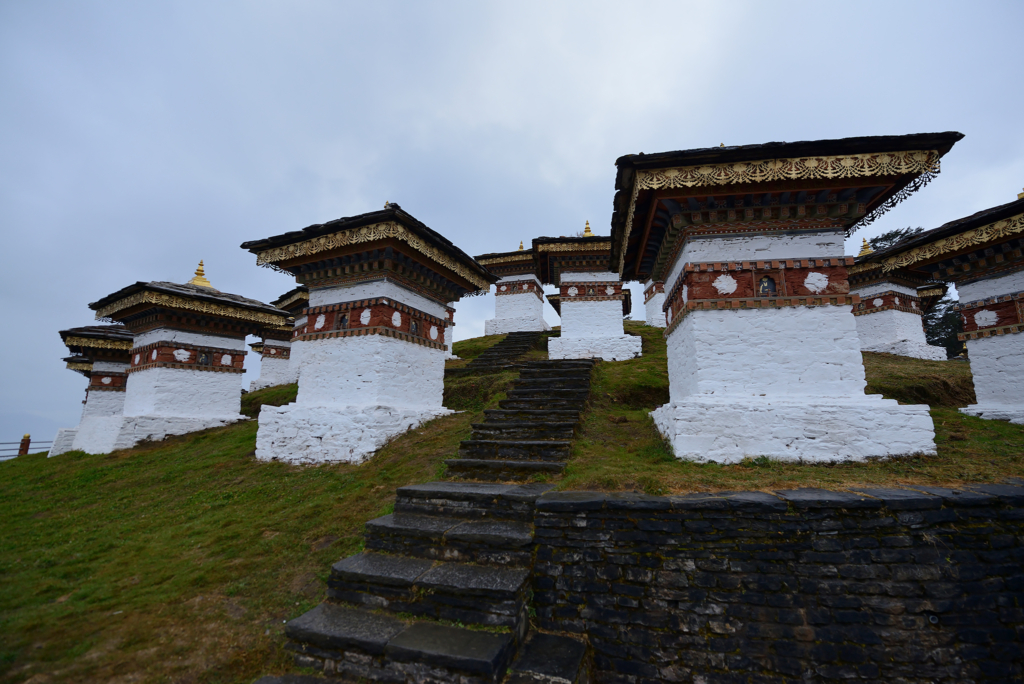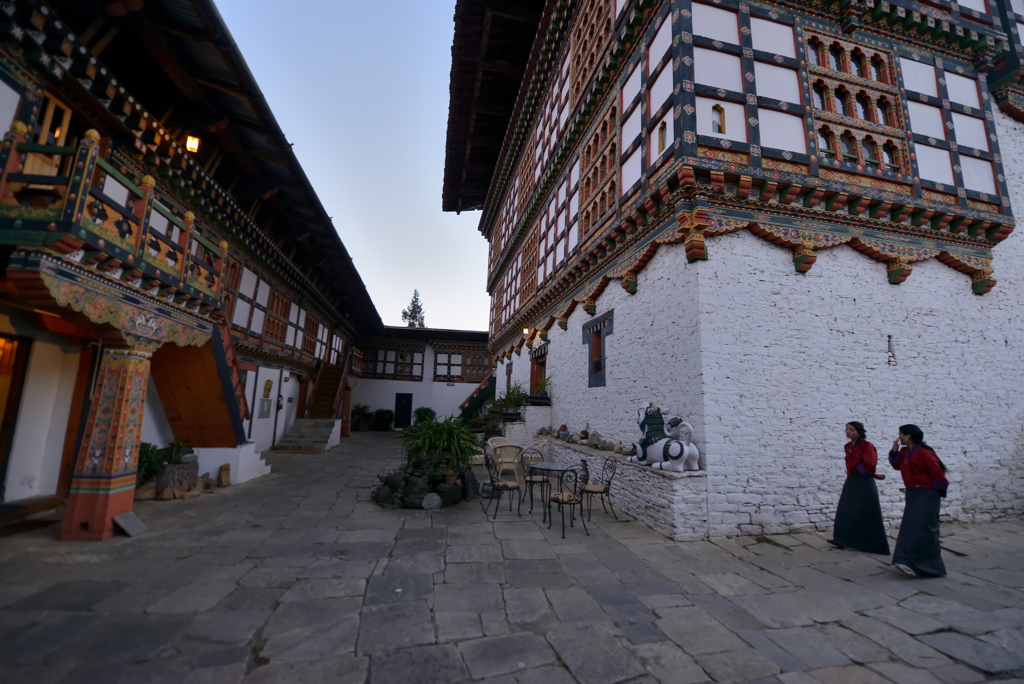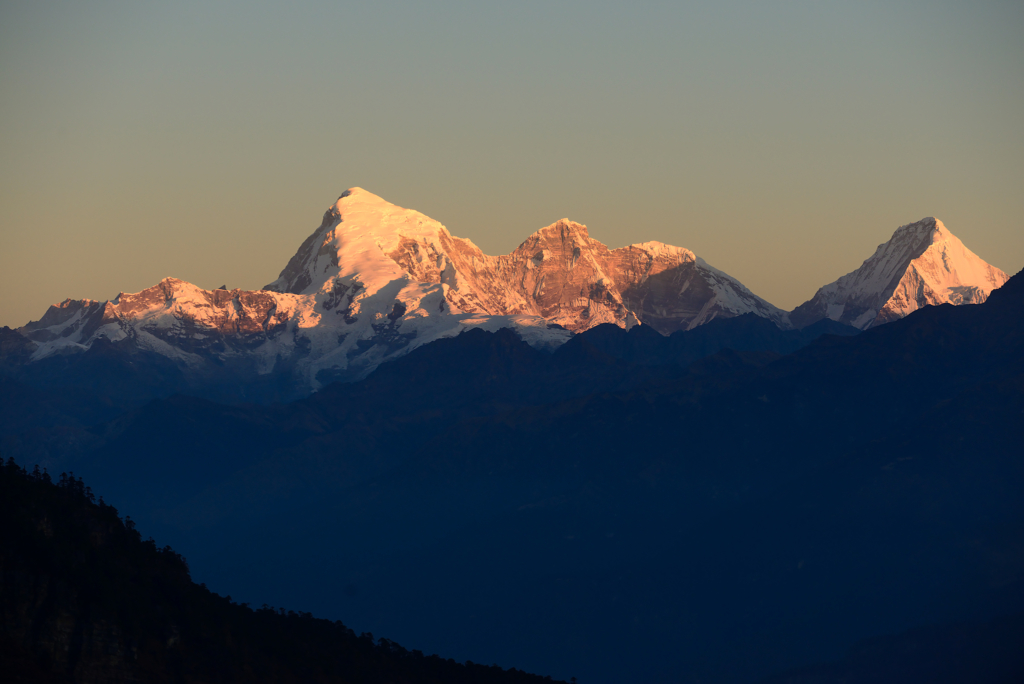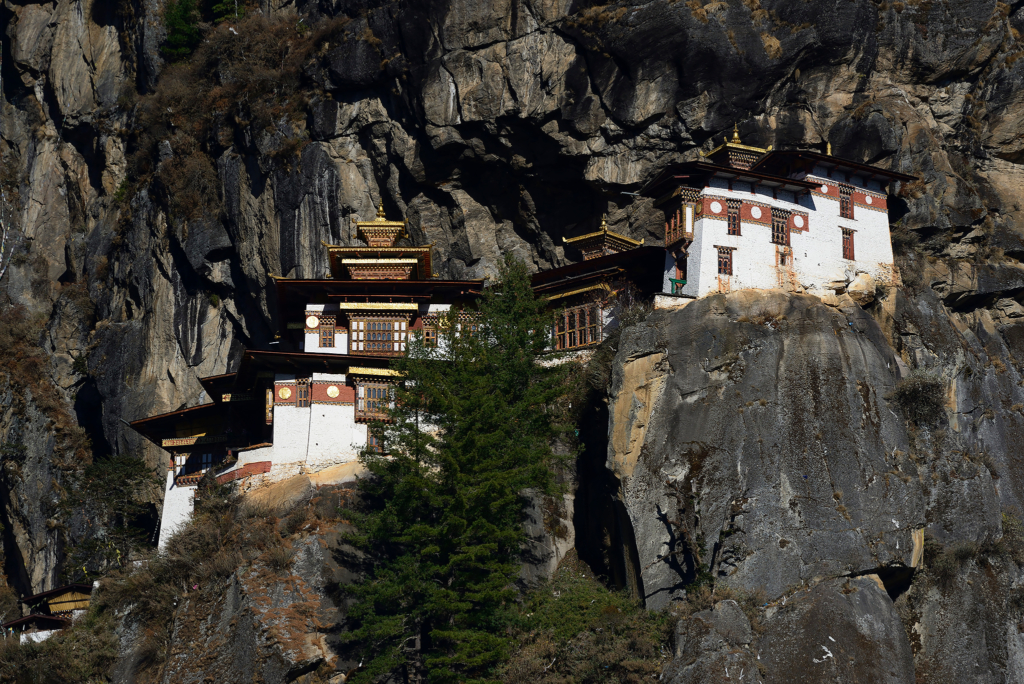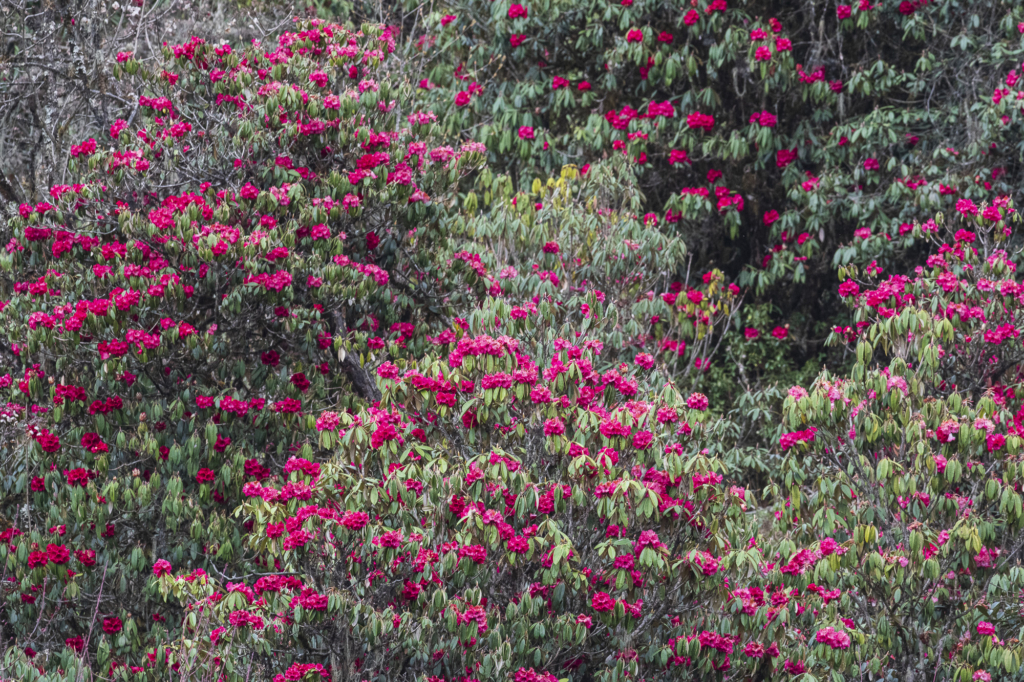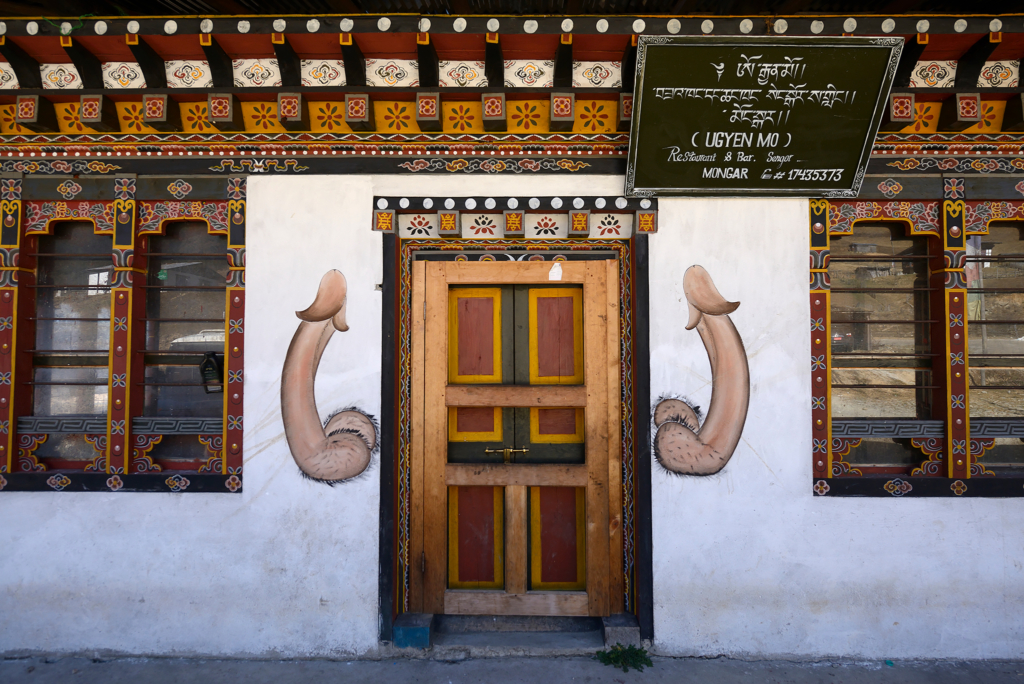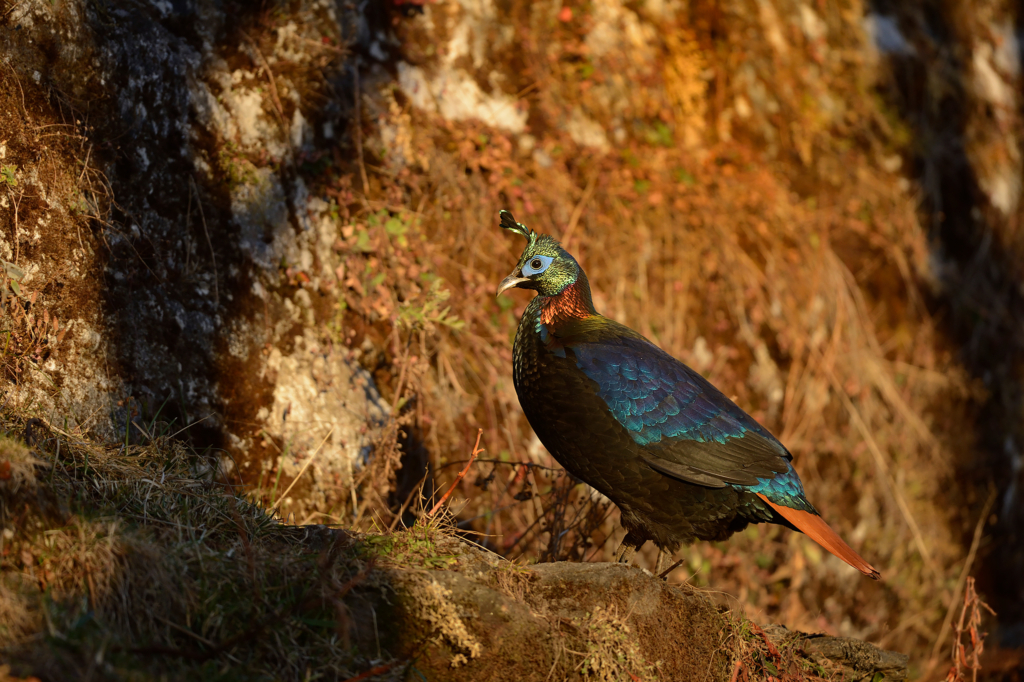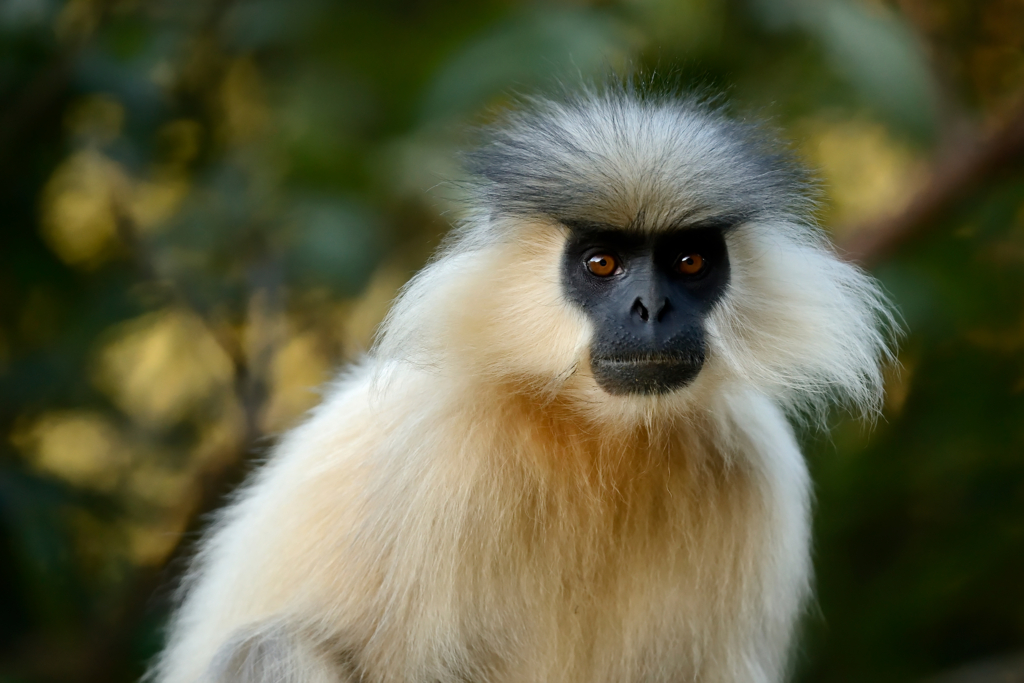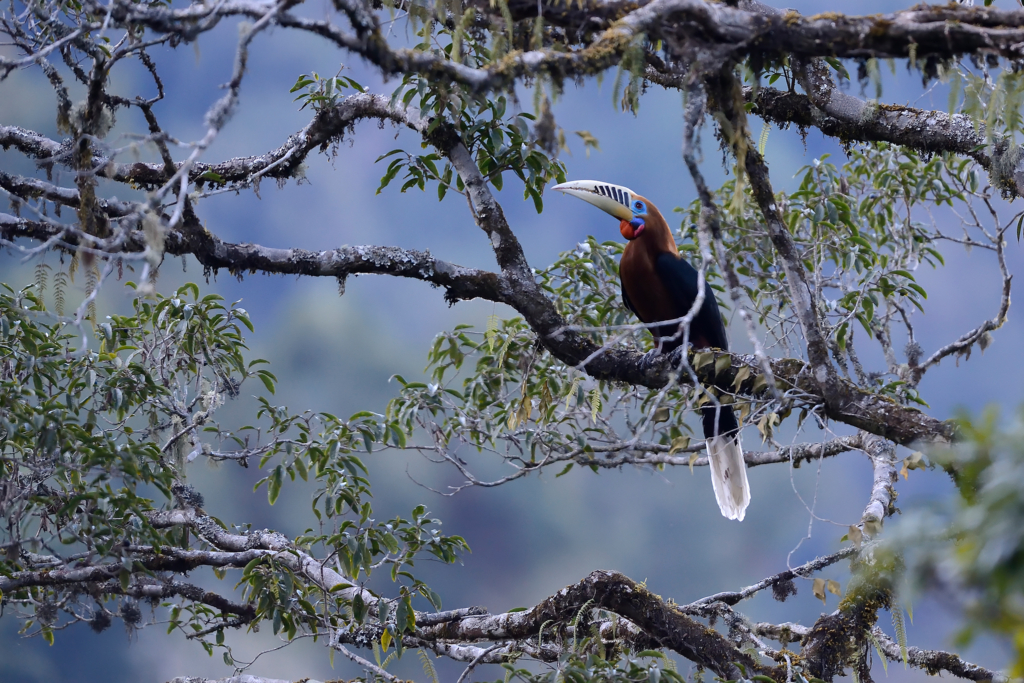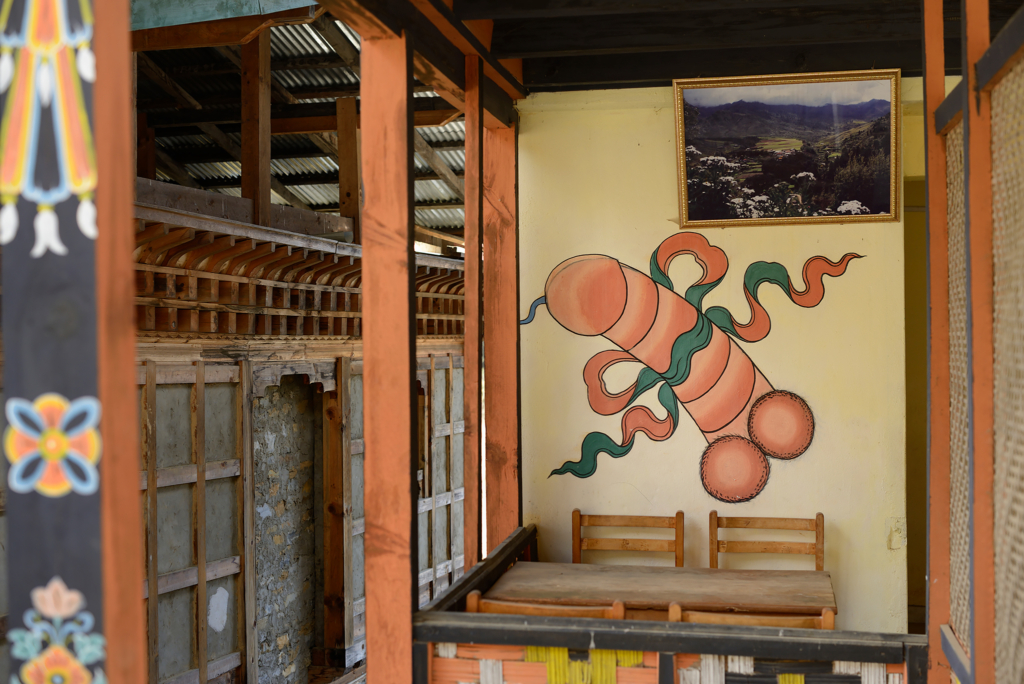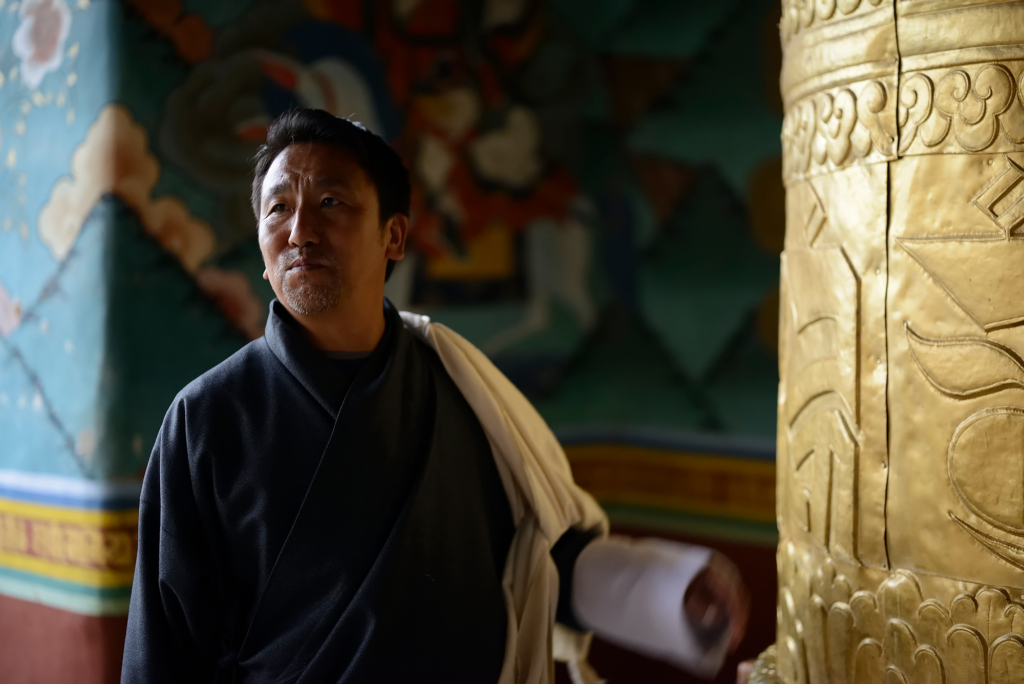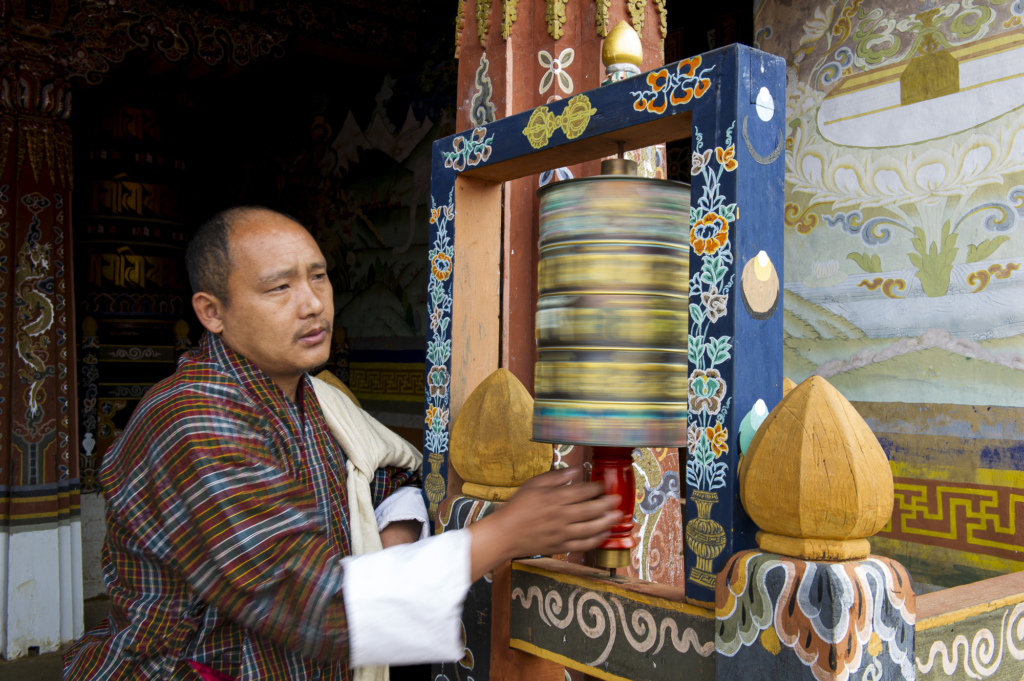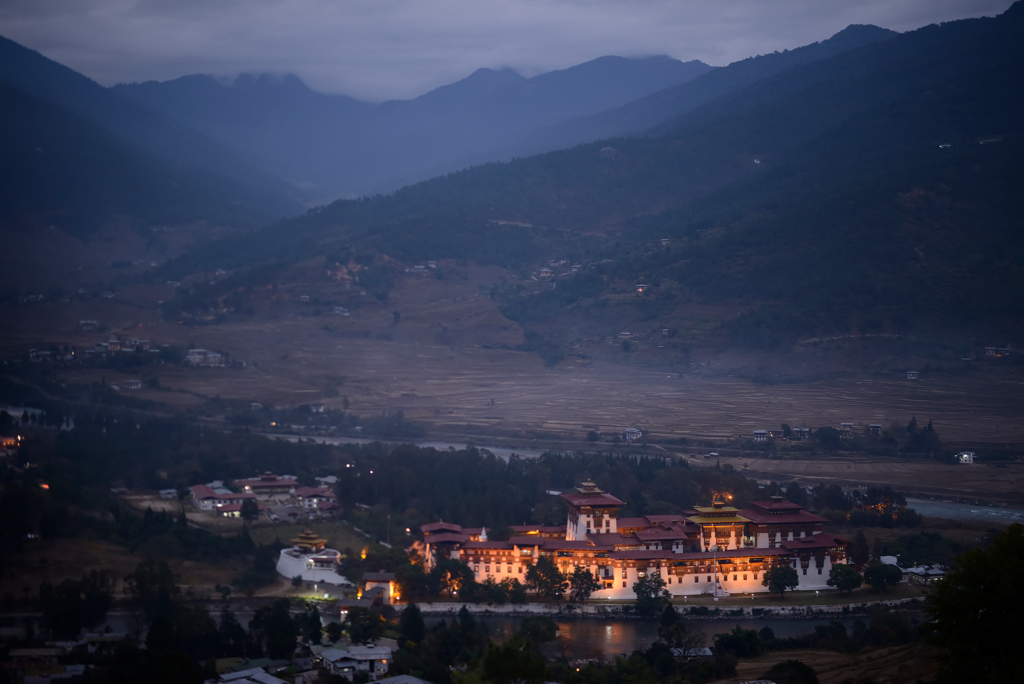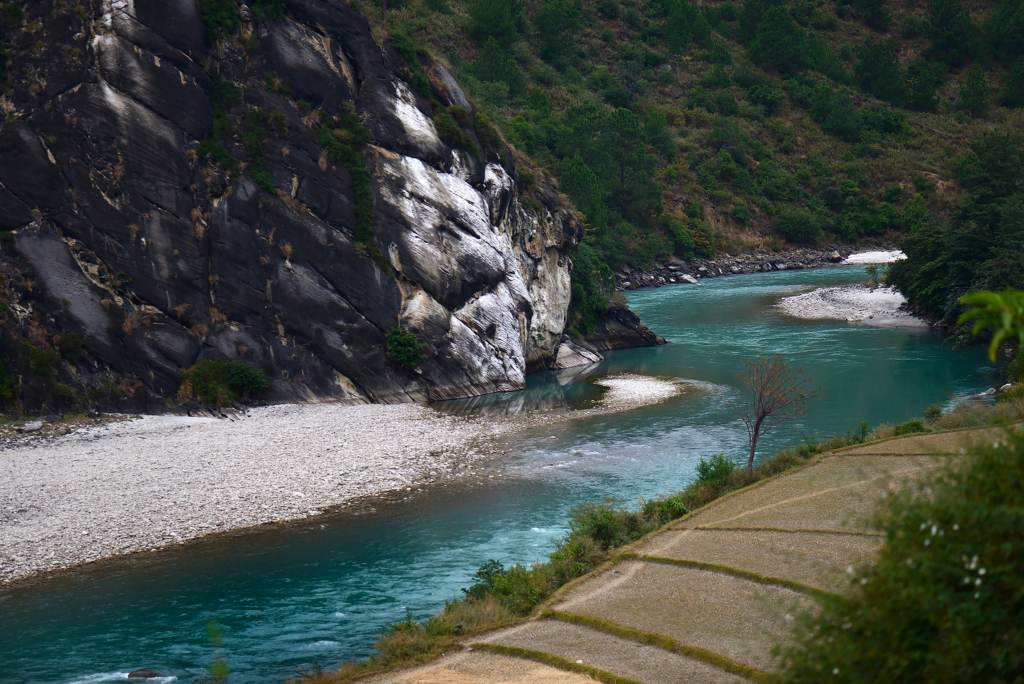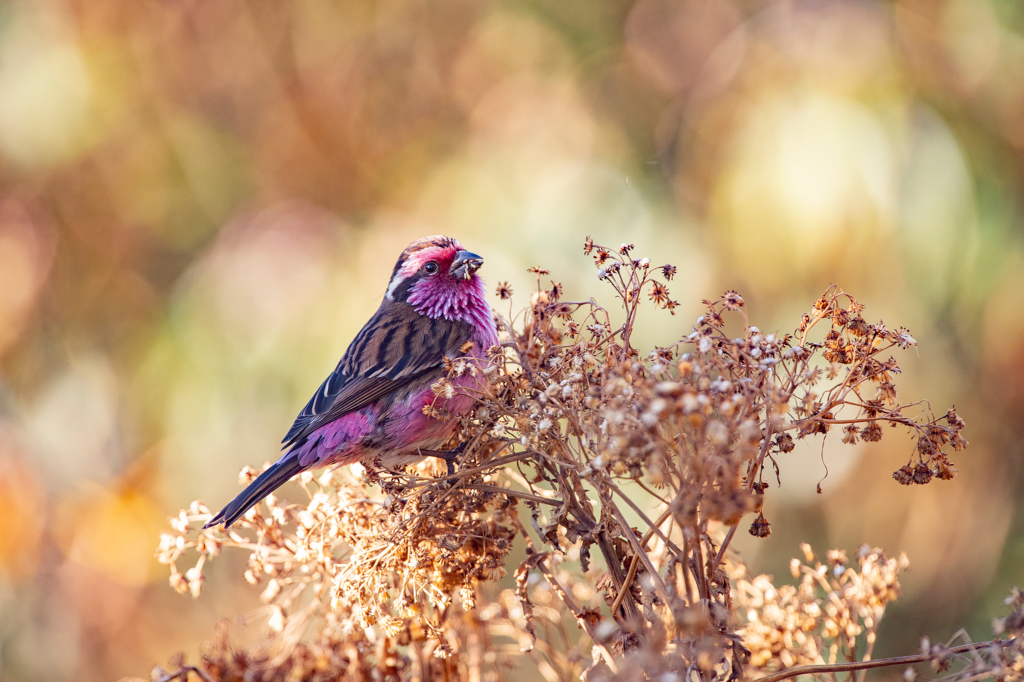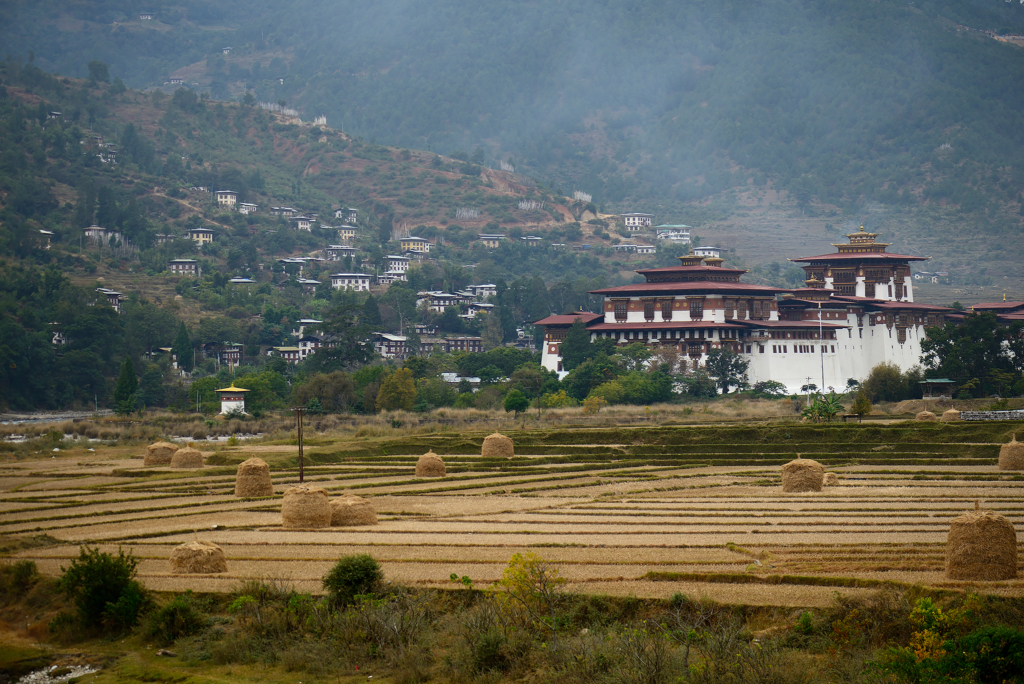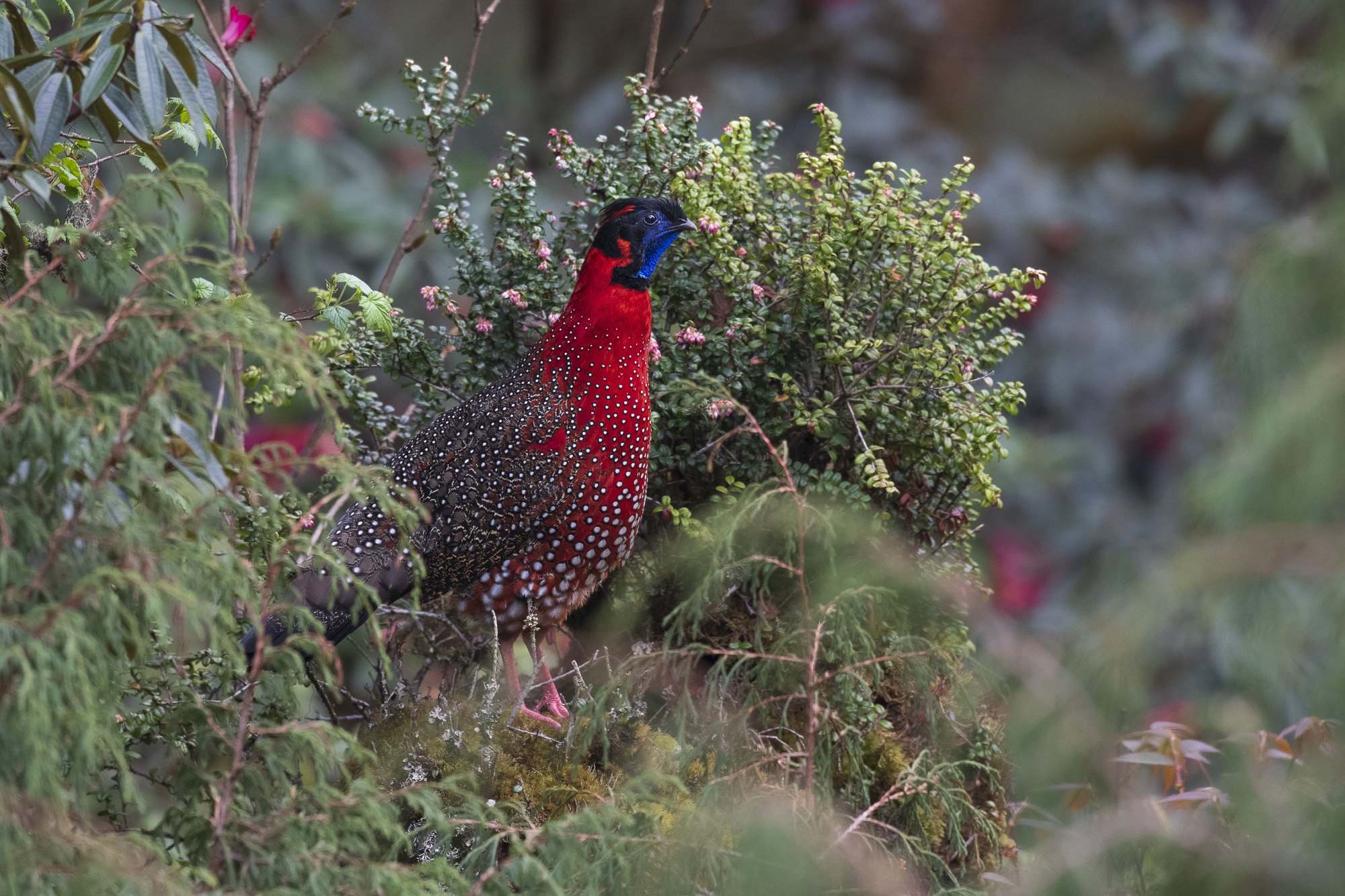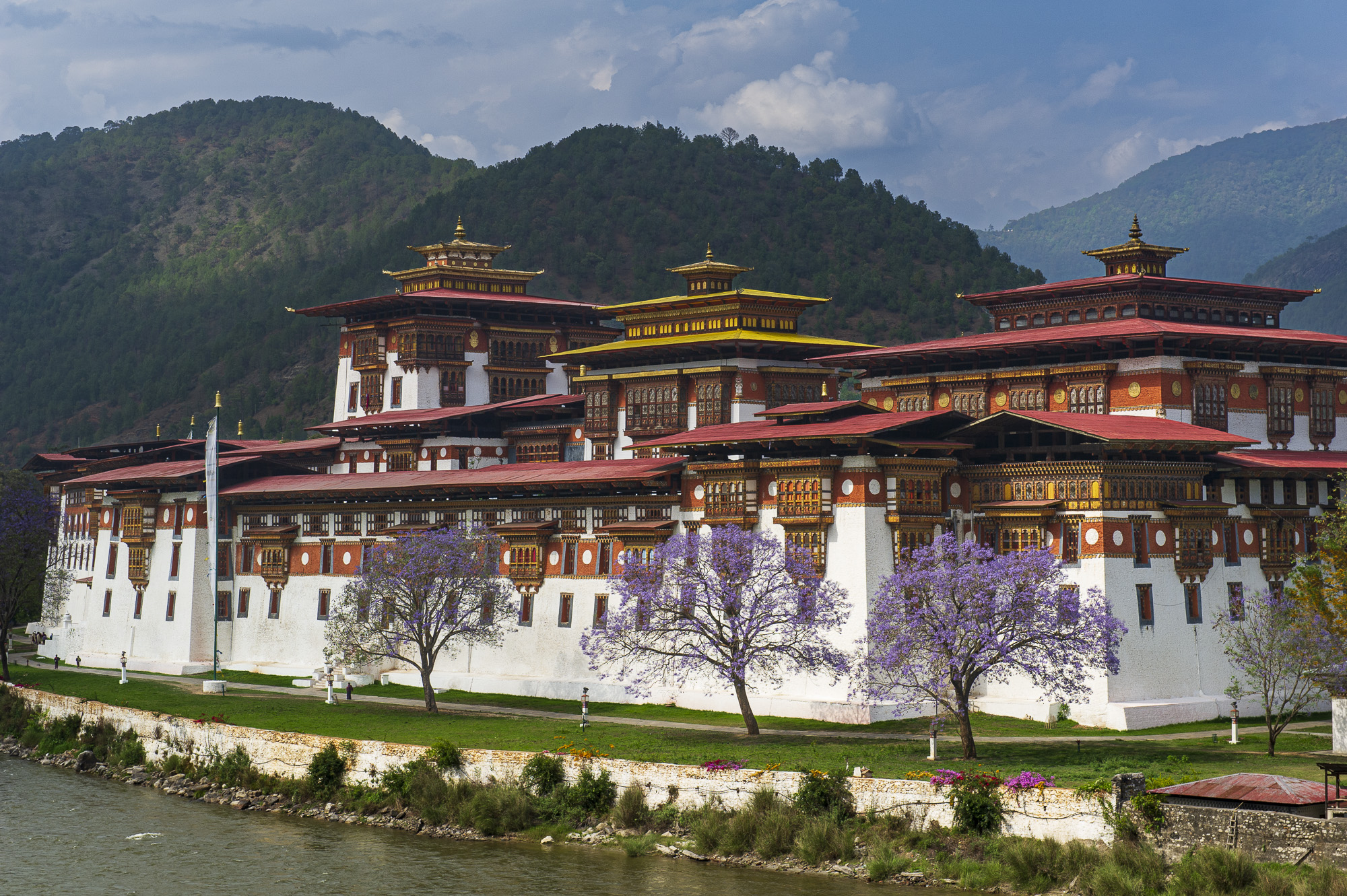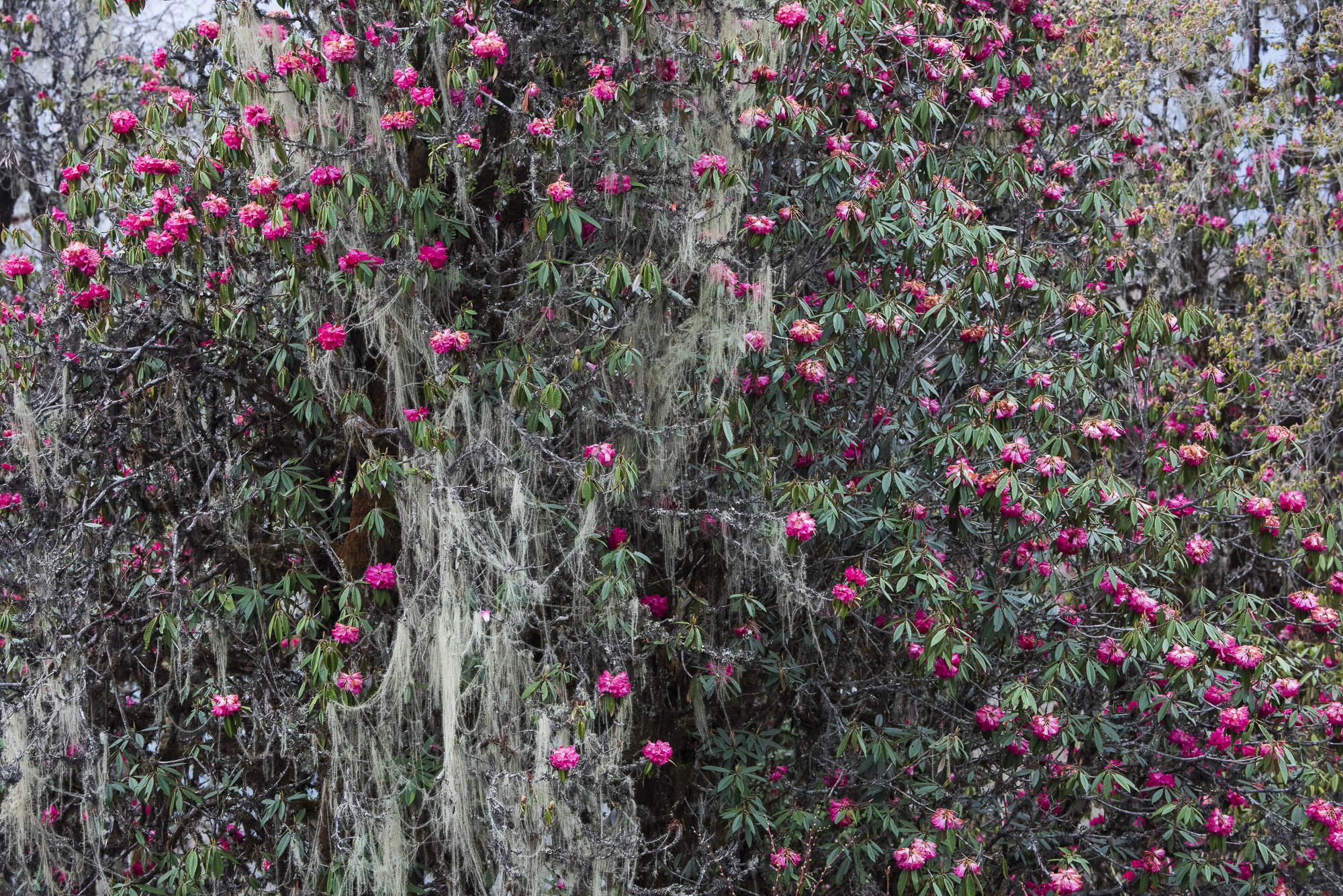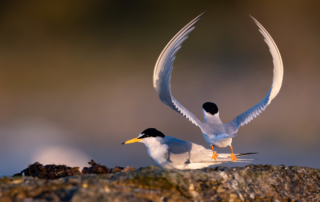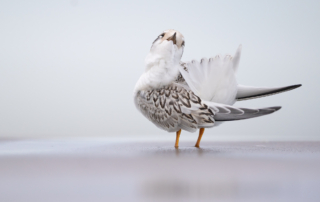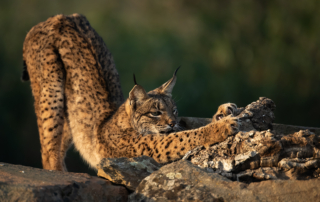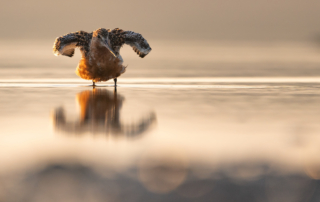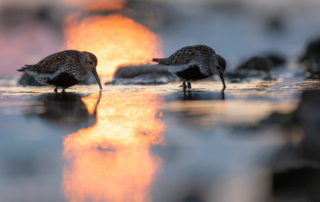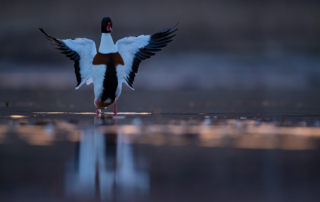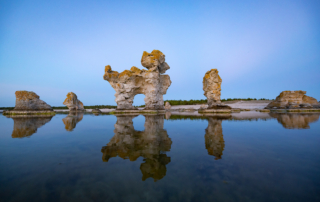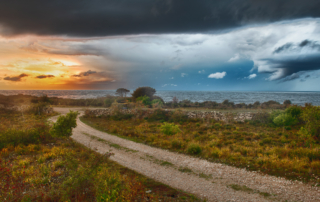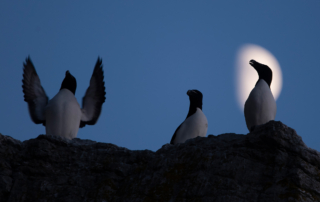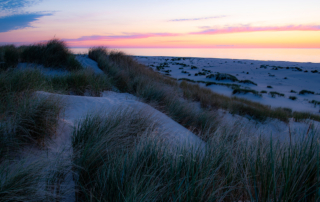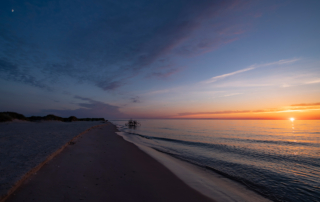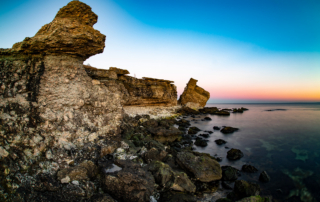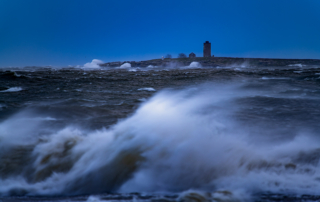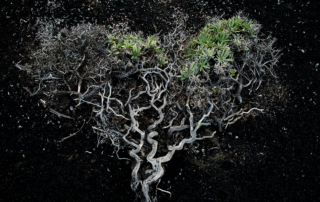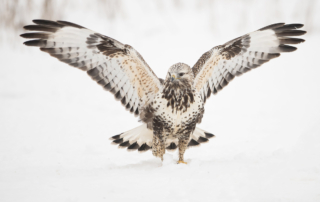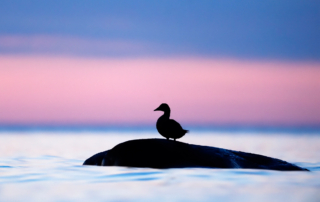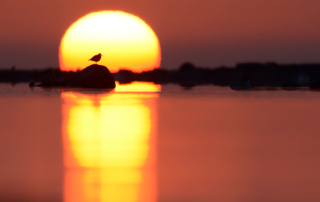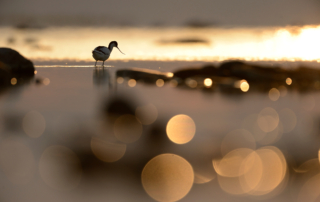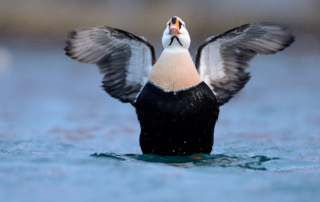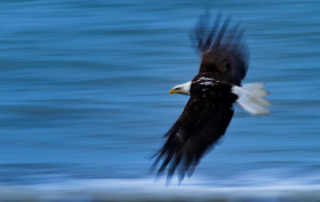SOME HIGHLIGHTS
- Magnificent mountain landscapes with ancient hemlock forests
- Untouched mountain rainforests, river valleys, and alpine meadows
- Birds such as the Himalayan Monal, Kalij Pheasant, Blood Pheasant and Ibisbill
- Opportunities to photograph species such as the Satyr Tragopan, Ward’s Trogon and the incredible Beautiful Nuthatch
- Opportunities to photograph mammals such as the Golden Langur and Assam Macaque
- Visits to monasteries, temples, dzongs and forts
- Vibrant and beautiful cultural landscapes with well-preserved cultural traditions/span>
- Our local guide provides a thorough insight into Tibetan Buddhism and Buddhist life
- Visit to the Legendary Tiger’s Nest
BHUTAN
Our tour through Bhutan is a truly spectacular road trip through one of the world’s least explored countries. Throughout the trip, we will travel at a leisurely pace through a part of the eastern Himalayas that offers breathtaking views of some of the world’s highest mountains. We will visit magnificent natural areas, and take leisurely-paced hikes through a variety of natural environments and cultural landscapes. We will stay in hotels of good or medium standard. All hikes will be conducted at a relaxed pace. However, the hike to Tiger’s Nest is somewhat more physically challenging due to the steep ascent to the monastery. Nevertheless, all hikes will be done at a slow and comfortable pace.
A trip to Bhutan is markedly different from traveling to most other countries in the world, as the nation’s nature and culture are so remarkably well-preserved. An astounding 70% of the country is still covered by ancient forests, and a full 51% of the land is under nature protection. Significant efforts are made to preserve the country’s cultural uniqueness. Bhutan is the only country in the world entirely without traffic lights. The country boasts a hospitable population and a tranquility that gives visitors a palpable “feel-good” sensation.
GENERAL INFORMATION
Bhutan is a small country in the eastern Himalayas of South Asia, roughly the size of Switzerland. It is surrounded by India, Tibet, and China, with no coastline of its own, making it entirely landlocked by its neighboring countries. The people of Bhutan call their country “The Land of the Thunder Dragon,” or Druk Yul. Bhutan has a population of just over 700,000, most of whom live on the central plateau. The inhabitants, known as Drukpas, or “Dragon People,” originate from three different ethnic groups. The indigenous Sharchops are from the eastern part of the country. The other groups, making up the population, originally came from Tibet and Nepal. The state religion is Mahayana Buddhism, with the Buddhist community led by lamas, who hold the same status as the king, who otherwise governs the country. Bhutan is the only country in the world where this type of religion is the state religion.
The capital, Thimphu, is located in the central part of the country along the Wang Chu River. With just under 80,000 inhabitants, the city was only founded in the 1950s. All architecture in Thimphu is built according to Buddhist tradition, richly decorated, and very beautiful. Thimphu is unique in that there isn’t a single traffic light in the city.
Bhutan is a country that has deliberately chosen not to follow the path of industrialization. The nation prioritizes high national happiness over a high GDP. The people of Bhutan highly value their Buddhist traditions, which emphasize a life free from stress and career ambitions. The main sources of income are agriculture and forestry, practiced on a small scale. The daily life, culture, and history of Bhutan are deeply rooted in Buddhist traditions. Throughout the year, the country hosts numerous festivals in the spirit of Buddhism. Archery is the national sport.
NATURE IN BHUTAN
Bhutan is a country of extraordinary natural beauty, filled with majestic mountains, winding rivers, and lush forests. This land is a biodiversity hotspot, where the flora and fauna continue to amaze with the frequent discovery of new plant and animal species. Bhutan’s terrain is predominantly mountainous, ranging in elevation from 100 meters to 7,500 meters, boasting some of the highest peaks in the Himalayas. The nation is geographically divided into three distinct regions: the high peaks of the northern Greater Himalayas, the forested hills and valleys, and the foothills and plains in the south. Snow-capped mountains are visible throughout the country, with the highest peak, Kula Kangri, reaching 7,533 meters above sea level. Below the mountains, alpine meadows spread out, with grazing animals, and there are extensive forests. Beautiful Buddhist monasteries, unique landmarks of Bhutan, are found throughout the country. In the southern regions, the land becomes more fertile around the Brahmaputra River, where the majority of the country’s food is cultivated.
The climate in Bhutan varies greatly. In the southern regions, the climate is tropical, becoming temperate on the plateaus. In the north, the climate is alpine, almost arctic at the highest elevations. Bhutan is under Indian military protection. Tourism in Bhutan is regulated by the government; visitors cannot simply enter the country and explore on their own. Only pre-arranged group tours are permitted, and only about 20,000 travelers visit each year.
PHOTOGRAPHIC FOCUS OF THE TOUR
We will spend significant time hiking through the most beautiful parts of the country, providing excellent opportunities for landscape photography throughout the journey. We will encounter diverse natural environments, including year-round green rainforests, bamboo forests, hemlock forests, rhododendron forests, alpine meadows, river valleys, and wetlands.
For species photography, the bird fauna will be the most accessible. The trip offers the chance to capture spectacular and beautiful bird species such as the Himalayan Monal, Khalij Pheasant, Blood Pheasant, Satyr Tragopan, Ibisbill, Fire-tailed Myzornis, Rosy-throated Trogon, and Himalayan Griffon. We will also encounter many stunning species from typical Asian bird genera, including laughingthrushes, yuhinas, warblers, sunbirds, and babblers. Additionally, we will see several new species from familiar bird families such as rosefinches, redstarts, sparrows, and nightingales.
A significant portion of the journey will traverse ancient agricultural landscapes. The buildings in the villages feature exceptionally well-preserved traditional architecture. We will see rice terraces and small-scale agricultural fields with traditional fencing systems. The trip includes visits to a number of spectacular temples, monasteries, dzongs, and forts, providing opportunities to photograph in many unique cultural settings.
Itinerary
Day 1 (23/3) (Dinner)
Arrival in Paro – Transfer to Thimphu
The journey to Bhutan begins with a breathtaking flight over the majestic Himalayas, where you will get a close view of the world’s highest peaks. Upon arrival at Paro International Airport, our local guide will meet us for the transfer to Thimphu, the capital of Bhutan. In the evening, we will continue north from Thimphu to the Cheri Valley for a first meeting with Bhutan’s natural beauty.
Day 2 (24/3) (Breakfast – Lunch – Dinner)
Thimphu – Dochula – Punakha
Early morning drive to Punakha via Dochula Pass (3150 meters), where our day begins with a stunning view of the snow-capped peaks of the eastern Himalayas. The lush mixed forests of hemlock, fir, oak, and rhododendron in this area provide an ideal habitat for a variety of bird species. After breakfast at the pass, we will take a nature walk in the Lamperi Botanical Garden. In the afternoon, we will visit the impressive Punakha Dzong, also known as the Palace of Great Happiness, beautifully situated at the confluence of the Phochu and Mochu Rivers.
Day 3 (25/3) (Breakfast – Lunch – Dinner)
Punakha – Nobding – Trongsa
We depart early in the morning for Trongsa. Along the way, we will make stops at various environments, including bamboo forests, deciduous woodlands, cultivated landscapes, scrublands, and small settlements. The afternoon will be dedicated to photographing birdlife in the nearby year-round green deciduous forests.
Day 4 (26/3) (Breakfast – Lunch – Dinner)
Trongsa – Zhemgang – Tingitbe
Our tour continues south from Trongsa, passing through a diverse landscape of small villages, cultivated fields, and scrublands. We will visit Kuenga Rabten, the second king’s winter palace, which is now a monastery. This area is home to a wide range of bird species. Later in the afternoon, we will embark on an excursion to the remote Zhemgang district, known for its expansive forests teeming with vibrant birdlife. This area also offers our best chance to encounter the Golden Langur, a rare monkey that is nearly endemic to Bhutan and was first discovered in the 1950s.
Day 5 (27/3) (Breakfast – Lunch – Dinner)
Tingtibe – Dakphel – Gomphu Road
The entire day will be dedicated to nature photography along Gomphu Road, the path leading to Royal Manas National Park, Bhutan’s oldest national park. The forests lining this road are characterized by subtropical vegetation and bamboo groves, providing habitat for a variety of bird species. As we travel along Gomphu Road, we will stop at several viewpoints offering stunning vistas of the valley and the Mangde Chu River.
Day 6 (28/3) (Breakfast – Lunch – Dinner)
Tingitbe – Trongsa – Bumthang
This day is a transit day for us. We begin by traveling back to Trongsa, and from there we proceed to Bumthang. We will cross a pass at Yotongla (3450 meters). If time permits, we will explore the surroundings of the pass, which primarily consist of bamboo, fir, hemlock, and juniper forests.
Day 7 (29/3) (Breakfast – Lunch – Dinner)
Bumthang – Phrumshingla Sengor – Yongkala
We travel from Bumthang to Sengor, crossing the scenic Phrumshingla Pass (3800 meters). This route takes us through a diverse landscape of open meadows, rhododendron shrubs, and temperate coniferous forests. As we cross Sengor, we enter a bird-rich area with an abundance of different bird species. The lowland regions are characterized by scrublands, subtropical forests, and cultivated fields.
Day 8 – 9 (30-31/3) (Breakfast – Lunch – Dinner)
Yongkala – Namling – Limithang Road
Over the next few days, our expedition will traverse the entire stretch from Namling to Limithang Road, extending all the way to the breathtaking Phrumshingla Pass. We will be traveling through Phrumshingla National Park, known as one of the bird-richest areas in all of Asia.
Day 10 (1/4) (Breakfast – Lunch – Dinner)
Yongkala – Sengor – Bumthang
After an early morning of nature photography, it’s time to return to Bumthang. Our return journey will take us through the captivating Sengor Valley. We will travel through the majestic Phrumshing La and continue through the scenic Bumthang Valley, widely regarded as one of the most beautiful valleys in Bhutan.
Day 11 (2/4) (Breakfast – Lunch – Dinner)
Bumthang – Trongsa – Phobjekha
We will cross Yotongla Pass at an altitude of 3,500 meters. Along this route, we will actively search for several interesting bird species. After a few hours, our journey will lead us to Trongsa, where we will visit the remarkable Trongsa Dzong. This fortress holds significant historical importance as the ancestral home of Bhutan’s royal family. In the late afternoon, we will arrive in the beautiful Phobjikha Valley. Nestled on the edge of the northwestern tip of the Black Mountain Range, this glacial valley has a unique charm.
Day 12 (3/4) (Breakfast – Lunch – Dinner)
Phobjekha – Wangdue – Paro
Early morning excursion to the stunning Pelela Pass. The morning will be dedicated to nature study along an abandoned road, which is home to a variety of fascinating bird species. The area features open meadows and rhododendron forests.
Day 13 (4/4) (Breakfast – Lunch – Dinner)
Paro – Chelela Birding
Early morning excursion to the flower-rich alpine meadows at Chelila Pass (3,890 meters).
Day 14 (5/4) (Breakfast – Lunch – Dinner)
Paro – Taktshang Gompa
Hike to the Tiger’s Nest Monastery.
Day 15 (6/4) (Breakfast)
Breakfast at our accommodation, followed by transport to Paro Airport to begin our journey home.
Photographic leader
Magnus Martinsson, born in 1964, is a photographer, author and biologist, living on Gotland since 1988. He has since devoted himself to nature conservation issues in the profession. His interest in nature and photography has taken him on a large number of trips around the world and also gained in-depth knowledge of the Gotland homeland. Magnus contributes in various ways to conveying his knowledge to a broad public. He is a frequently hired speaker, excursion and tour guide. Magnus Martinsson is responsible for photography and text in a large number of publications. As a member of Naturfotograferna, he is one of the leading nature photographers in the country.



